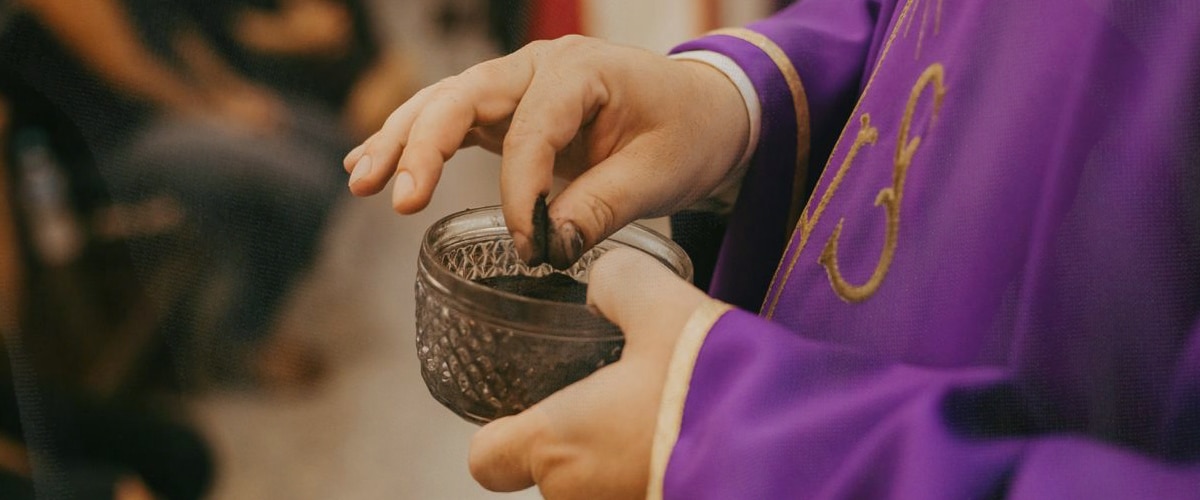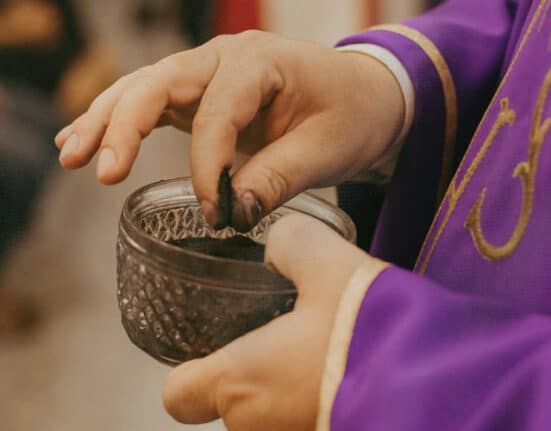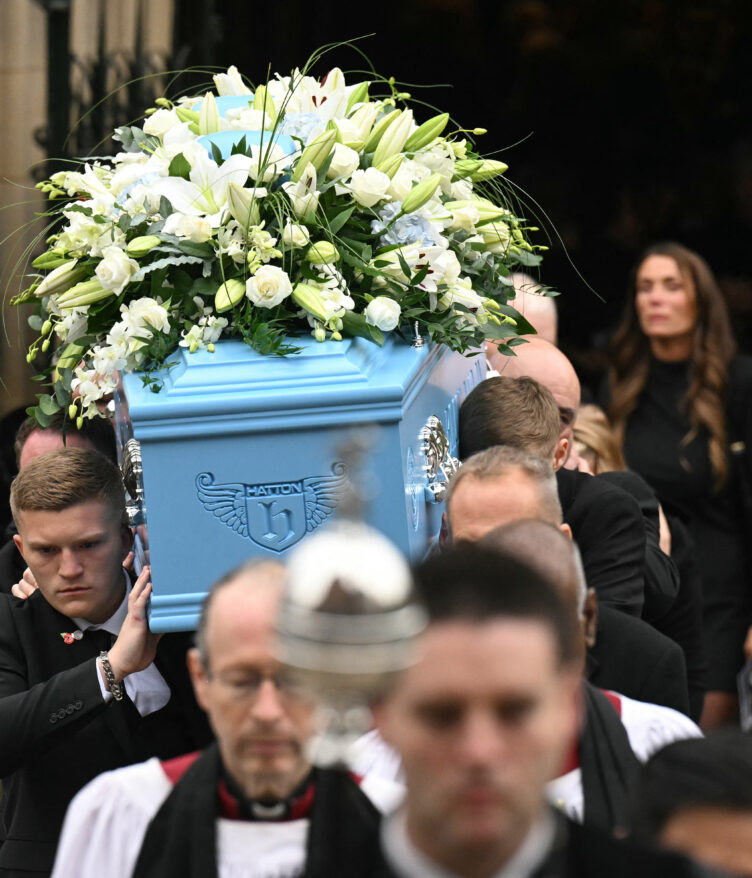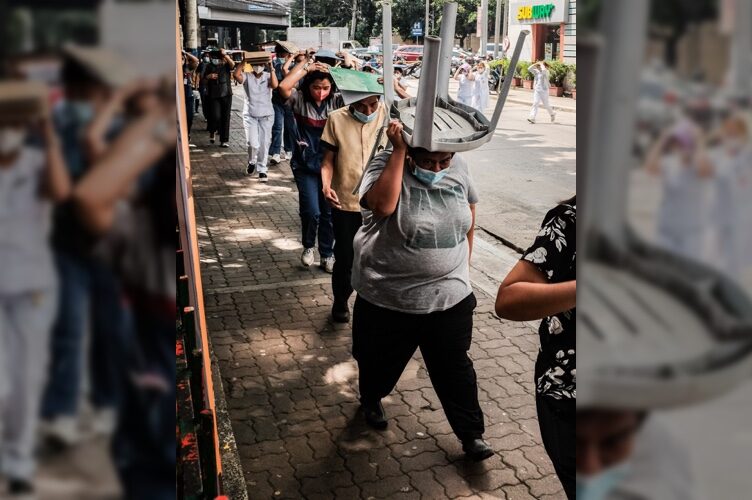ASH Wednesday marks the start of Lent, a beginning of the 40-day period that calls on Catholics to fast, pray, and reflect to commemorate the death and resurrection of Jesus.
On this day, people receive a cross out of ashes on their foreheads.
For Filipino families, Ash Wednesday stands as an occasion that highlights the value of faith, repentance, and tradition.
What is it made of?
Churchgoers wear the ash crosses on their foreheads every Ash Wednesday, this religious observance does not fall on the same date each year, as it aligns with the liturgical calendar.
The ashes used on Ash Wednesday are made from palm branches or the palaspas which were used in the previous Palm Sunday. The intricately braided and decorated palaspas are collected and made to ash for Ash Wednesday.
What Ashes Represent
More than just a practice, the ashes symbolize the Catholics’ devotion to their faith and their repentance. After hearing the mass, churchgoers will receive the cross on their foreheads made of ash.
Ash Wednesday holds great significance as it calls on people to practice fasting and abstinence during certain days of Lent, refraining from eating meat and overindulging as a form of penance, as it should be a time to pray and repent. Above all, Ash Wednesday serves as a time for prayer and reflection on one’s faith.
Keeping it in the family
Martha, who grew up in a religious family, grew accustomed to Catholic practices, “Whenever there are sacred holidays/traditions, my parents always made it a point for me to become familiar with these. They always tried to explain what it meant, but I found it easier to understand these practices in a school setting (Christian Living classes).” she shared. With family as the basic unit of society, the first practices they learned are from their family foundation, which is then backed up by school units.
Leonora Vidal, raised in a prayerful household, shared, “My mom raised me to pray and be in touch with my faith at an early age. So naturally, lumaki din ako at napasa ko sa mga anak ko ang pagiging madasalin.” When Leonora became a mother, she taught her children about the importance of Lent and Ash Wednesday.
For Martha, attending church as a family has always been their practice, “Growing up, we always went to church together,” she recalled. “But as my sister and I got older and started school, we would attend separate Ash Wednesday Masses and later meet at home, both with ashes on our foreheads.”
As a family, Leonora usually commemorates Ash Wednesday by hearing mass followed by a hearty family dinner while still practicing fasting. However, with the pandemic, the new practice she and her family adopted was listening to the Sunday mass on YouTube. Now, since we all have work on Ash Wednesday, we will all come together and say a prayer reminding us that our faith is the heart of our family.
For Filipino families, Ash Wednesday is a time to come together in faith. It serves as a reminder of the season of Lent and its teachings and reinforces the importance of family as a cornerstone of spiritual practice.
With reports from Samantha Vidal
How useful was this post?
Click on a star to rate it!
Average rating 5 / 5. Vote count: 1
No votes so far! Be the first to rate this post.
We are sorry that this post was not useful for you!
Let us improve this post!
Tell us how we can improve this post?









